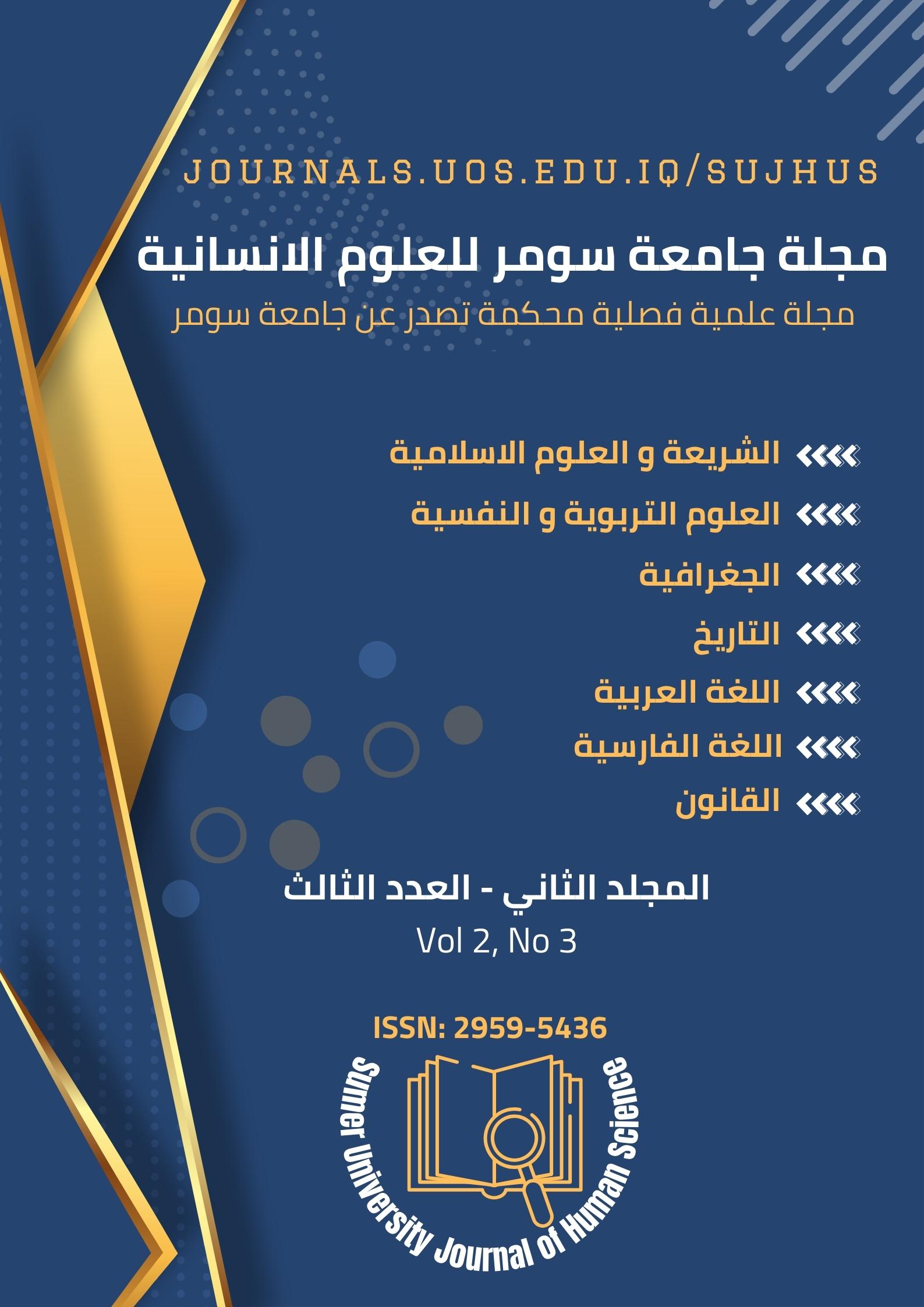.شعارات الجهاد الكفائيقراءة في ضوء بلاغة الجمهور
Keywords:
شعارات ، الجهاد الكفائي، في ضوء، بلاغة الجمهور, Slogans of Sufficient Jihad ، Reading ، in Light ، Rhetoric AudienceAbstract
.
الملخص
يتناول البحث بلاغة الخطاب الجماهيري في فتوى الجهاد الكفائي ، ولاسيما في المدونة الشعبية المحكية ، وكان للتناص حضور فاعلا ومحفزا في تلك الشعارات، وتنوعت بين ما هو ديني وتاريخي فشغلت حيزا كبيرا في ثقافة الجمهور المنتج لهذا الشعارات ، فاستمد من التناص الديني شرعيته مستثمرا تنوعه الثقافي ، اذ شكلت مرجعيته الدينية تأييدا لأقواله وافعاله واستمالة النفوس اليهم وكسر شوكة من يشوه صورهم واهدافهم،
فضلا عن كونها كفاءة اقناعية وتأثيرية وعملية تواصلية وأسلوب حجاجي في شعارتهم، اما التناص التاريخي فالحسين شكل نهرا معطاء ينهلون من فيضه ، اذ كان في مظلومية الحسين وثورته مسوغا و وقدوة ، لذا جاء البحث على ثلاثة مطالب تنامي الخطابات التي انرلعت منها الجهاد وعلى التناص الديني والتاريخي (قراءة تحليلية)
Published
Versions
- 2024-10-06 (4)
- 2024-10-05 (3)
- 2024-10-05 (2)
- 2024-09-26 (1)


